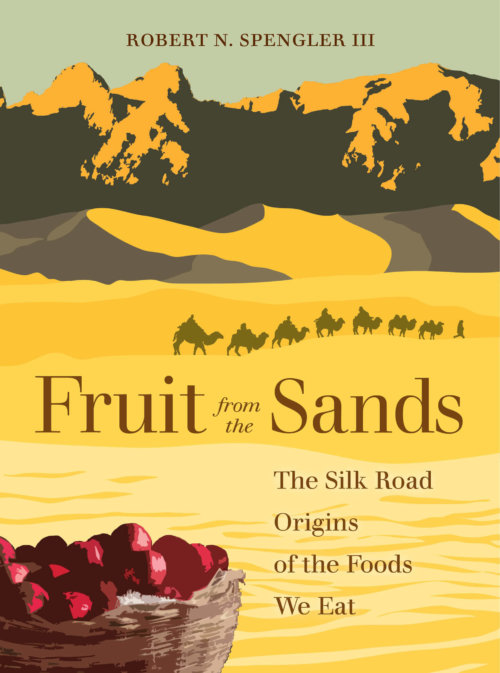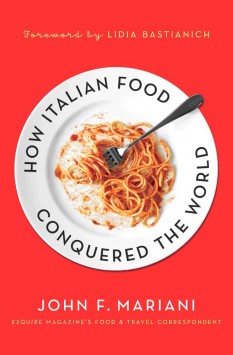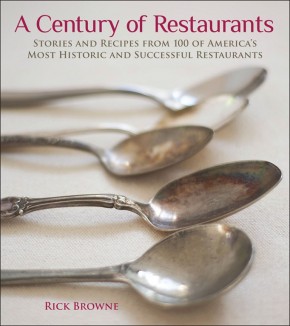Fruit from the SandsThe Silk Road Origins of the Foods We Eat
The foods we eat have a deep and often surprising past. From almonds and apples to tea and rice, many foods that we consume today have histories that can be traced out of prehistoric Central Asia along the tracks of the Silk Road to kitchens in Europe, America, China, and elsewhere in East Asia. The exchange of goods, ideas, cultural practices, and genes along these ancient routes extends back five thousand years, and organized trade along the Silk Road dates to at least Han Dynasty China in the second century BC. Balancing a broad array of archaeological, botanical, and historical evidence, Fruit from the Sands presents the fascinating story of the origins and spread of agriculture across Inner Asia and into Europe and East Asia. Through the preserved remains of plants found in archaeological sites, Robert N. Spengler III identifies the regions where our most familiar crops were domesticated and follows their routes as people carried them around the world. With vivid examples, Fruit from the Sands explores how the foods we eat have shaped the course of human history and transformed cuisines all over the globe.
Robert N. Spengler III is the Archaeobotany Laboratory Director at the Max Planck Institute for the Science of Human History, a Volkswagen/Mellon Foundations Fellow, and a former Visiting Research Scholar at the Institute for the Study of the Ancient World.
“Few scholars would have the chutzpah to write such a bold book. Robert Spengler presents an exemplary case of work that is not only rigorous but broadly accessible and truly interdisciplinary in scope. Fruit from the Sands reveals that the large-scale biological exchange epitomized by the Columbian Exchange had an ancient precursor, one previously unappreciated but equally crucial for the human diet. This book will change the way that readers see their food.”—Miranda Brown, Professor of Asian Languages and Cultures, University of Michigan
“To an archaeobotanist, the food on your table encodes the very history of humankind. From a single seed, Robert Spengler unfurls the millennial story of human and biological exchanges with exciting precision. This book is for mindful eaters and hungry thinkers alike.”—James A. Millward, Professor of Intersocietal History at the Edmund Walsh School of Foreign Service, Georgetown University
“Spengler takes the reader on a kaleidoscopic and dazzling journey: from the rice paddies of southern China, the stands of melon vendors at the bazaars in Samarkand, and the archaeological excavations in remote mountain regions of present-day Kazakhstan to the reader’s own kitchen table. This book is a must-read for anyone interested in Silk Road exchanges.”—Sören Stark, Associate Professor of Central Asian Archaeology, Institute for the Study of the Ancient World/NYU
A Word on Semantics
A Note on Dates
Map of Central Asia
part i. how the silk road
influenced the food you eat
1. Introduction
2. Plants on the Silk Road
3. The Silk and Spice Routes
part i i. artifacts of the silk road
in your kitchen
4. The Millets
5. Rice and Other Ancient Grains
6. Barley
7. The Wheats
8. Legumes
9. Grapes and Apples
10. Other Fruits and Nuts
11. Leafy Vegetables, Roots, and Stems
12. Spices, Oils, and Tea
13. Conclusion
Appendix: European Travelers along the Silk Road
Acknowledgments
Notes
References
Index











Leave a Reply